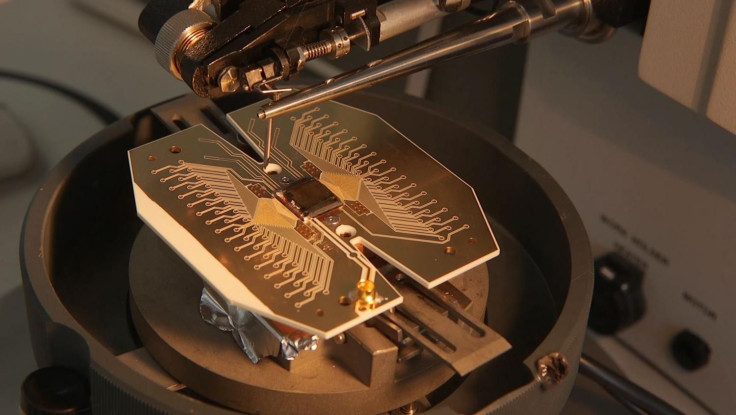First 51-Qubit Quantum Computer Using Cold Atoms Announced In Moscow

Quantum computers hold much promise to revolutionize the computing power of machines, leaving behind the classical computing technology when it comes to solving some complex problems current computers are ill-equipped to deal with. But current quantum technology is still below the threshold of the most powerful supercomputers in the world today.
Called quantum supremacy, this threshold is thought to be breached somewhere in the range of 50 qubits — quantum analogs of the classic computer bits. And the most advanced quantum computers built today are well below 20 qubits, such as the IBM machine announced in May that runs on 17 qubits. However, that may be set to change after Harvard University’s Mikhail Lukin announced at the recently concluded 4th International Conference on Quantum Technologies (ICQT) in Moscow that his team had successfully built and tested a 51-qubit quantum computer.
Read: Quantum Computers Could Use Graphene To Create Stable Qubits
The highlight of ICQT was supposed to be another quantum computing device, being designed by John Martinis, a professor at University of California at Santa Barbara who also works with Google toward working a scalable, practical quantum computer. On July 13, Martinis announced his team was building a 49-qubit machine, using superconductors, and hoped to have a working version in the very near future.
But on the morning of the very next day — Martinis was supposed to give a public lecture about his quantum device that evening — Lukin produced quite a surprise. He said during his talk that his group, along with colleagues from the Massachusetts Institute of Technology, had successfully built and tested a 51-qubit device in his lab at Harvard, using cold atoms to achieve this feat. This achievement puts Lukin and his group at the forefront of quantum computing in the world.

To make this quantum simulator, the researchers used atoms that were cooled with lasers and were held in place using optical “tweezers” — especially arranged laser beams. The more popular current approach, including the one being used by Martinis, is to employ superconducting ions connected with Josephson junctions. Another common approach is that of trapped ions, wherein ions are trapped within electromagnetic fields.
When asked about which technology he thinks was most likely to lead to viable quantum computers, Lukin told International Business Times in a chat following his presentation: “There are several platforms that are very promising, and they are all entering the regime where it is getting interesting, you know, system sizes you cannot simulate with classical computers. But I think it is way premature to pick a winner among them. Moreover, if we are thinking about truly large scales, hundreds of thousands of qubits, systems which will be needed for some algorithms, to be honest, I don’t think anyone knows how to go there.”
Lukin also said during his talk that his team used their 51-qubit machine to model the behavior of many-particle quantum systems, a problem which would take classical computers perhaps billions of years to solve. They made some new discoveries in the process as well, which was verified using approximate calculations on classical computers. The researchers plan to continue conducting more experiments on their system.
Read: Chinese Satellite Performs Quantum Teleportation Of Photons
A graduate of the Moscow Institute of Physics and Technology (MIPT was one of the partners of ICQT and the alma mater of some of Russia’s top physicists), Lukin is also working on numerous other related areas, such as quantum optics, atomic physics, and information science. He was part of one of the two teams that created a “time crystal” earlier this year, as well as led the group that created molecules of light in 2013. At the time, Lukin compared the new structure of photons to light sabers from the “Star Wars” movies. He is also one of the co-founders of the Russian Quantum Center, the research center behind ICQT.
A paper with details of the team’s work was published on ar Xiv on Sunday, and another paper is being prepared for publication in the journal Nature, Lukin said.
© Copyright IBTimes 2025. All rights reserved.




















